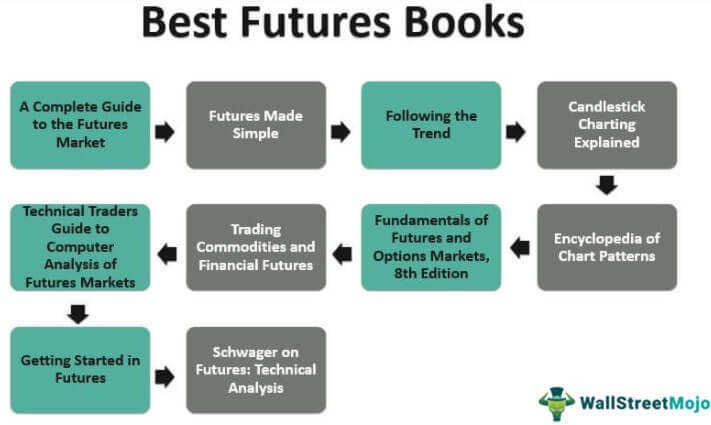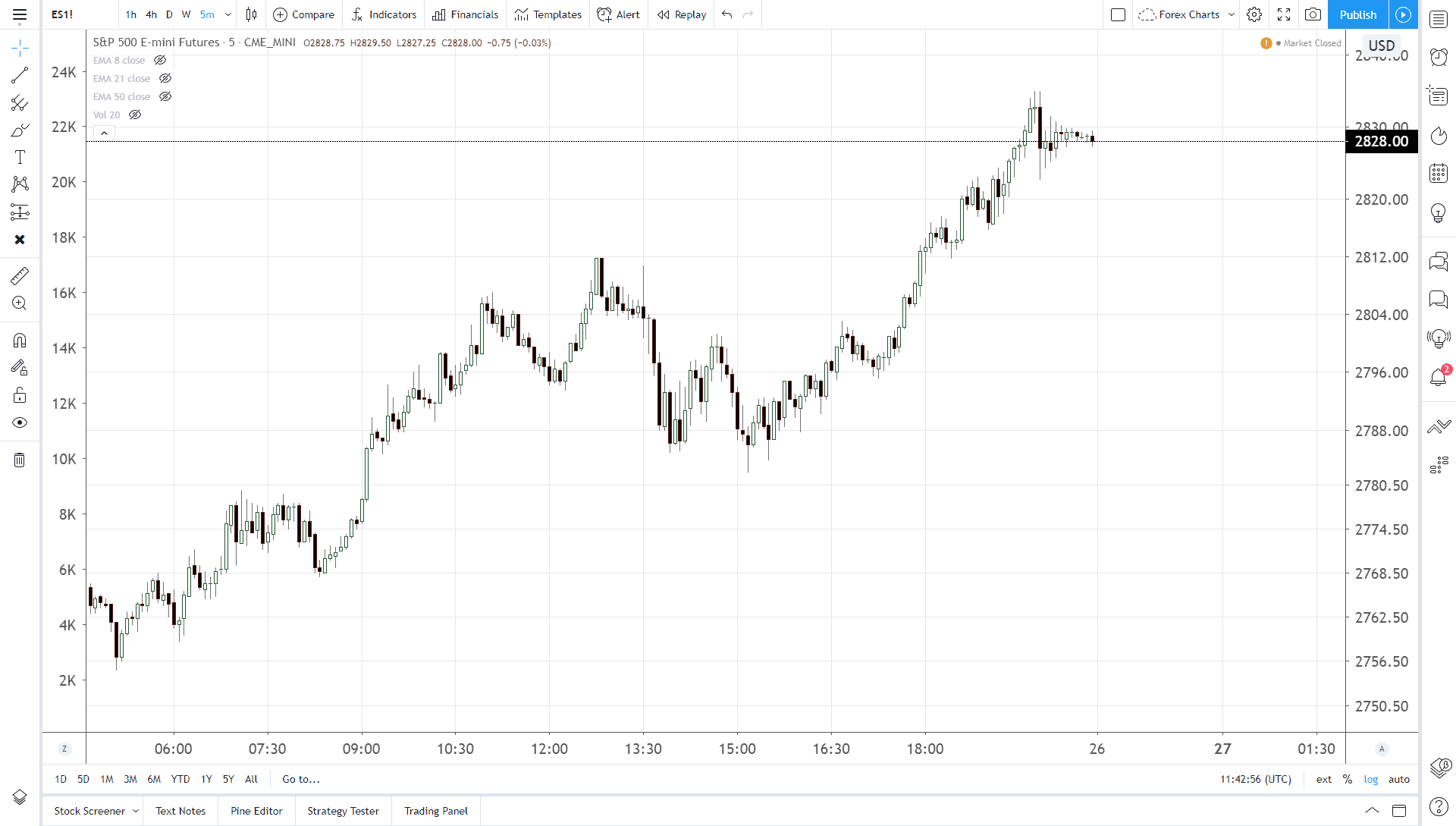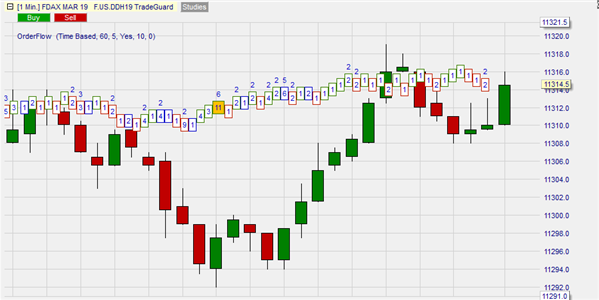

- What is the best trading platform for futures full#
- What is the best trading platform for futures plus#
- What is the best trading platform for futures free#
Like M1 Finance, Robinhood doesn’t charge fees on buys or sells. Users can open an account without any investment minimums.
What is the best trading platform for futures full#
Robinhood is currently in early access and should receive a full rollout in the near future. The service is introducing the ability to invest in fractional shares, which can be extremely convenient for more expensive stocks. While it’s a functional platform for experienced investors, its features are generally designed for people who are relatively new to investing. Robinhood is the most popular investing app on the App Store, and it can also be downloaded through Google Play or accessed online. All things considered, M1 Finance is an excellent option for most investors. Users can develop their own “pies” using stocks and funds or choose from a variety of pre-built expert pies, including target-date funds and various stock/bond allocations. Portfolios are visualized through a pie chart, and it’s easy to adjust the relative size of each asset. The M1 Finance investing tool makes things simpler for all investors, regardless of their experience.
What is the best trading platform for futures free#
None of these features are necessary to use the service, so you can always start with a free account until you decide whether to upgrade.
What is the best trading platform for futures plus#
M1 Plus comes with 1% cashback and 1% APY on checking accounts, 1.5% off the typical loan rate, and access to the afternoon trade window for investors. M1 Finance also provides an optional premium subscription for $125 per year. That said, retirement accounts do require a minimum initial investment of $500. There are no transaction fees, most accounts can be opened with as little as $100, and the platform even offers fractional shares. ING (headquartered in the Netherlands) is listed on two markets, but because its Market of Reference is Euronext Amsterdam, all orders from the other marketplace (Brussels) are brought into the Amsterdam market order book.Įven though ING orders are not executed on Euronext Brussels, it is still considered a listed company in Belgium, and must therefore comply with regulations in both market locations, Belgium and The Netherlands.Īs a benefit, ING can also promote its shares as a group, having made a public offer in both countries.Furthermore, most of M1 Finance’s features can be used for free. The Single Order Book will execute their trades on one trading line: the designated Market of Reference.


Issuers may choose to list on more than one market to enhance visibility, qualify for inclusion in local indices, or have trading volumes and prices published in the national press. Liquidity is consolidated in each security to enhance spreads and market depth, and achieve better price formation.

In the case of securities with a multiple listing within the Euronext markets, trading will take place on a single trading line, the designated Market of Reference (MoR). The Single Order Book enhances liquidity, lowers costs, and facilitates access to capital markets by delivering harmonised cross-border trading, clearing and settlement.Īll Euronext-listed securities are designated a single trading line in the Single Order Book, and most have a single trading code. The Euronext regulated markets operate a unique Single Order Book model.


 0 kommentar(er)
0 kommentar(er)
